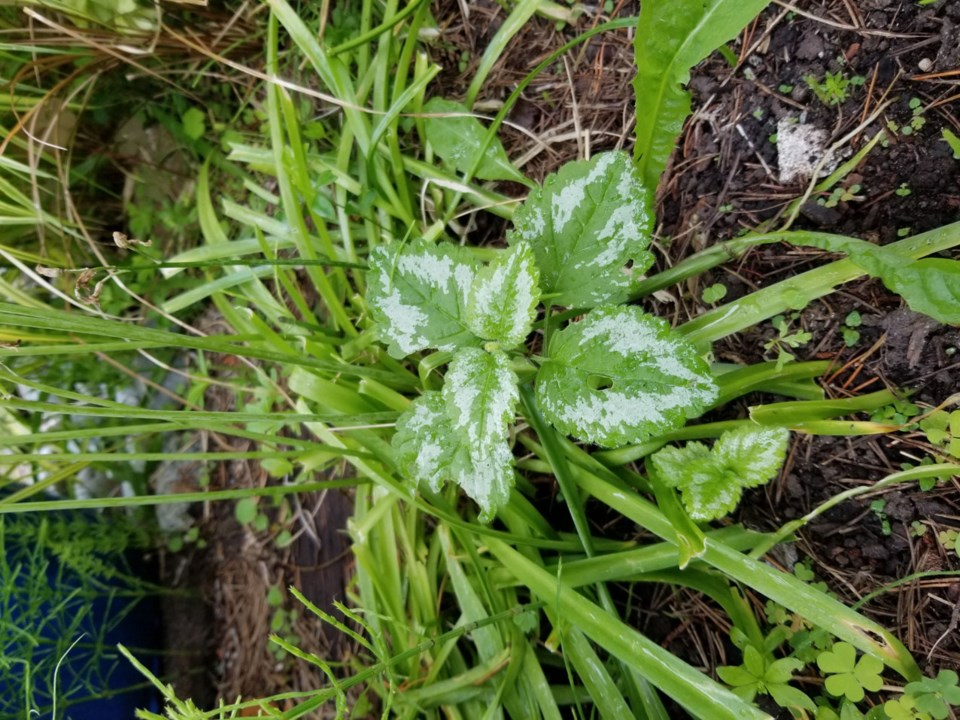This list is entirely personal, but learned after years of mistakes.
Every gardener could tweak it and add their unfortunate purchase, but note that all of these plants share common traits. They seed and root prolifically to spread themselves where you do not want them, even in the lawn or garden path. Attempts to remove them are not successful the first time - an all-out war must be waged. A small portion of root or bulb will give rise to a new plant.
I have provided the Latin names so that you may research them more thoroughly if you wish.
1) Yellow Lamium a.k.a. yellow dead nettle, yellow archangel. As you might expect of any plant that flourishes with such aliases, this plant is neither a nettle, an angel nor dead. I have helped remove it from Van Dusen Gardens. The long stems, yellowish green with a silvery sheen are very petty and will grow anywhere, even dry shade where it has escaped into woodlands from hanging baskets. Early in the year it does have pretty yellow flowers, but they do not last long nor make up for its’ invasive nature. Newer, named varieties of Lamium, like Hermann’s Pride, White Nancy and Beacon Hill Silver behave themselves and look much better all year round while performing the same ground cover job. Lamium galeobdolon is the name to Google for more information.
2) Prunella Vulgaris or Self Heal. It is often sold as a decorative or medicinal herb for its hop like heads of purple or blue flowers. Be forewarned, any plant that can flower and set seed when it is one inch tall or 12 inches tall can become invasive. Think buttercups. I know, I introduced this plant to my garden. Now it is everywhere in the lawn and I recognize it growing in fields where the grass is short.
3) Obedient Plant. This plant is not at all obedient in its native form which is soft pink. This tall snap dragon like flower is useful for floral arranging. The white Miss Manners is properly named. It does not creep away in damp areas nor seed itself everywhere. Stick to the named varieties of this vigorous plant. Physostegia virginiana is the name to Google for more information.
4) Day Lillies. Double Orange a.k.a. Ditch Lily. These are indestructible. They make great mounds of foliage, which are beautiful first thing in the spring, but too often the flower to green leaf ratio is not sufficient for the work involved in restraining them. Their roots will pop up in your paving stones and dry laid walls. The flower buds are edible when steamed or stir fried, but that defeats the whole purpose of having the plant. The fancier, named varieties may be less common, but they are generally less vigorous. Hemerocallis is the name to Google for more information.
5) Blue bells or Hyacinthoides Hispanica. Note the word “panic” in the name. These are not the modest nodding headed English bluebells of poetry. These are spikes of blue whereon the florets start to die on the bottom before the top is finished. They create bulbs everywhere and when they are finished blooming, the leaves form slug palaces which must be removed from your flower bed immediately. Do not introduce them to your shrubbery unless you are prepared to grow nothing else in the space allotted.
Editor’s note: The South Delta Garden Club is providing a weekly article to the Optimist, which will appear on-line on the Optimist website every Tuesday.



